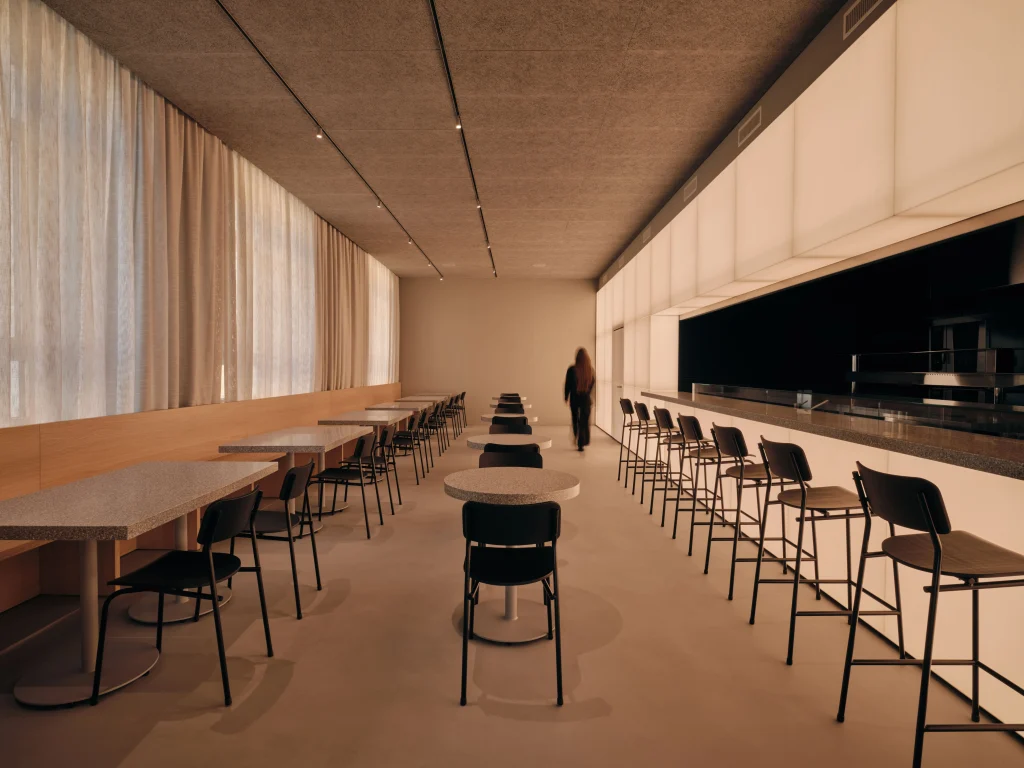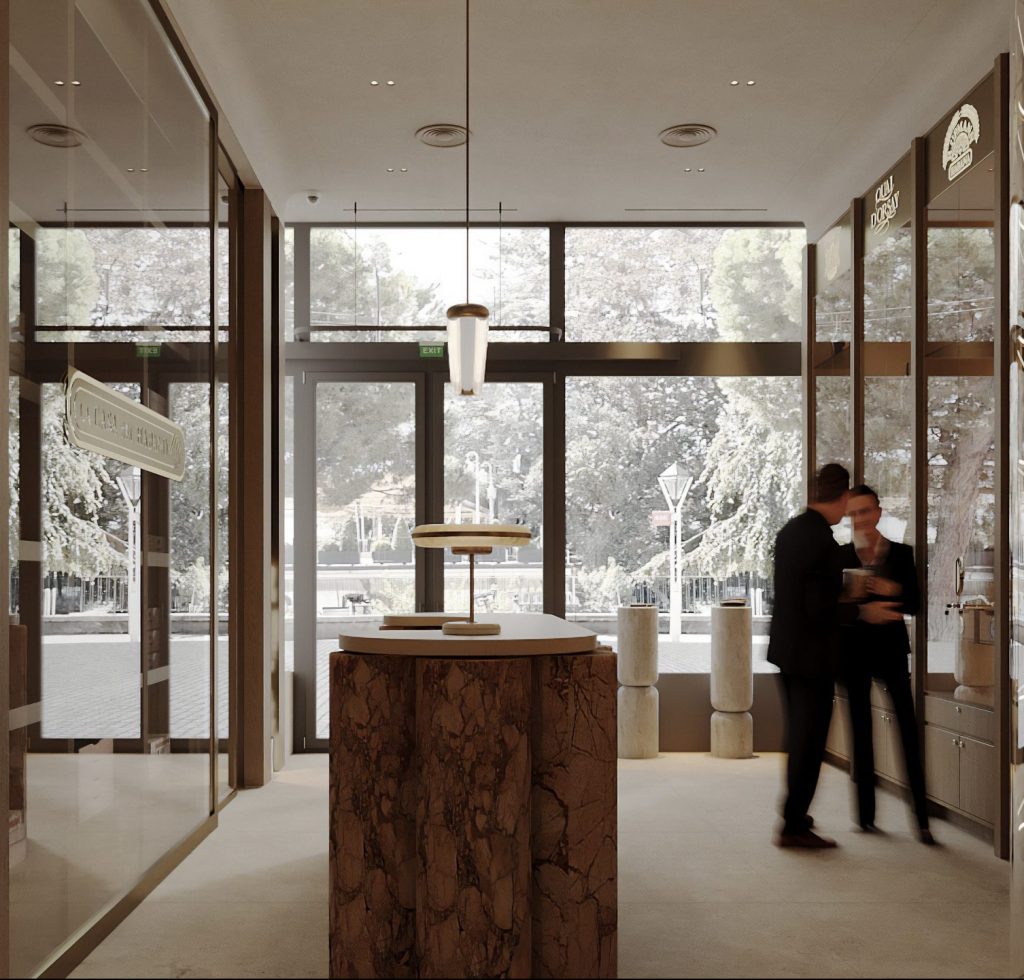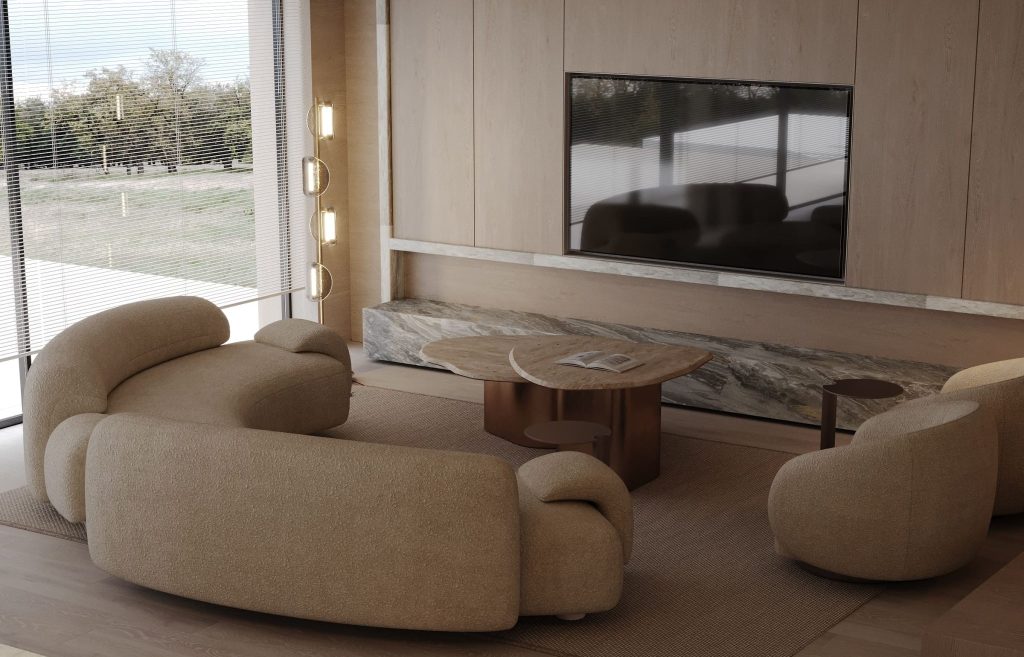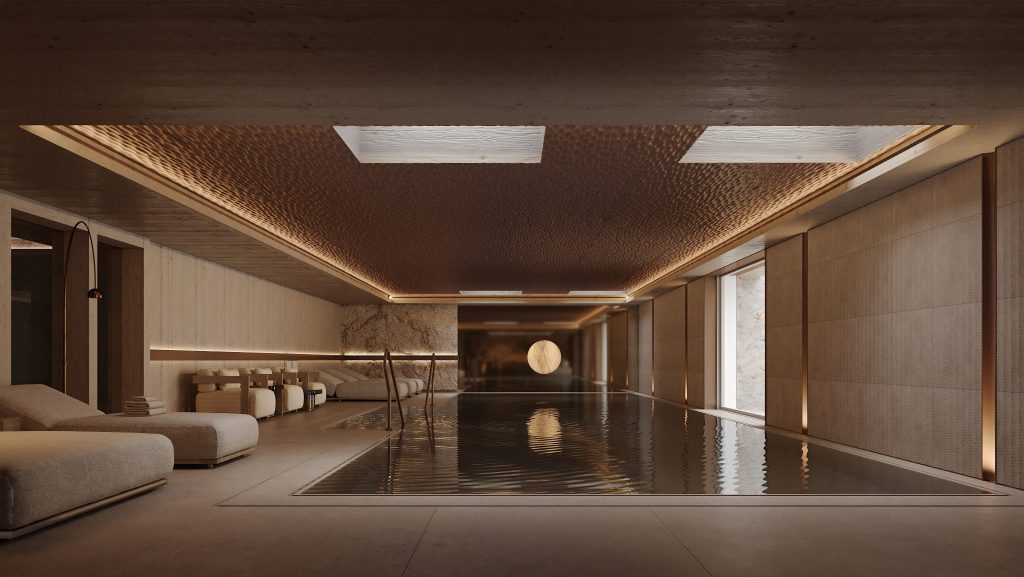How to Design a Children's Playroom?
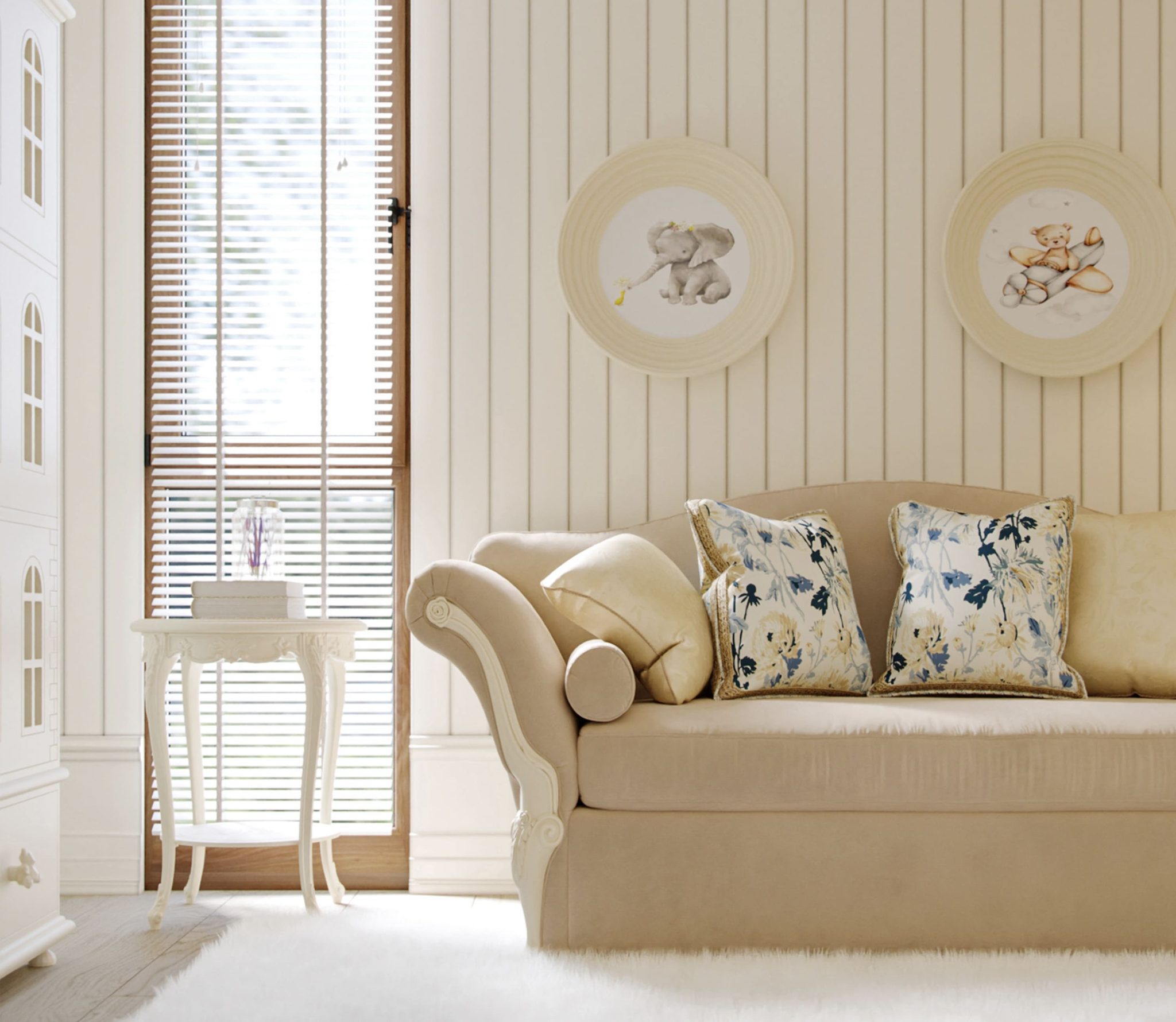
When it comes to designing a children's playroom, you want to strike a balance between fun and functionality. Designing a playroom involves careful planning and consideration to make it an enjoyable and safe space for kids. Whether you're looking for design ideas for playrooms or wondering how to decorate a kids playroom, here are some essential tips to help you create a space that will delight your little ones.
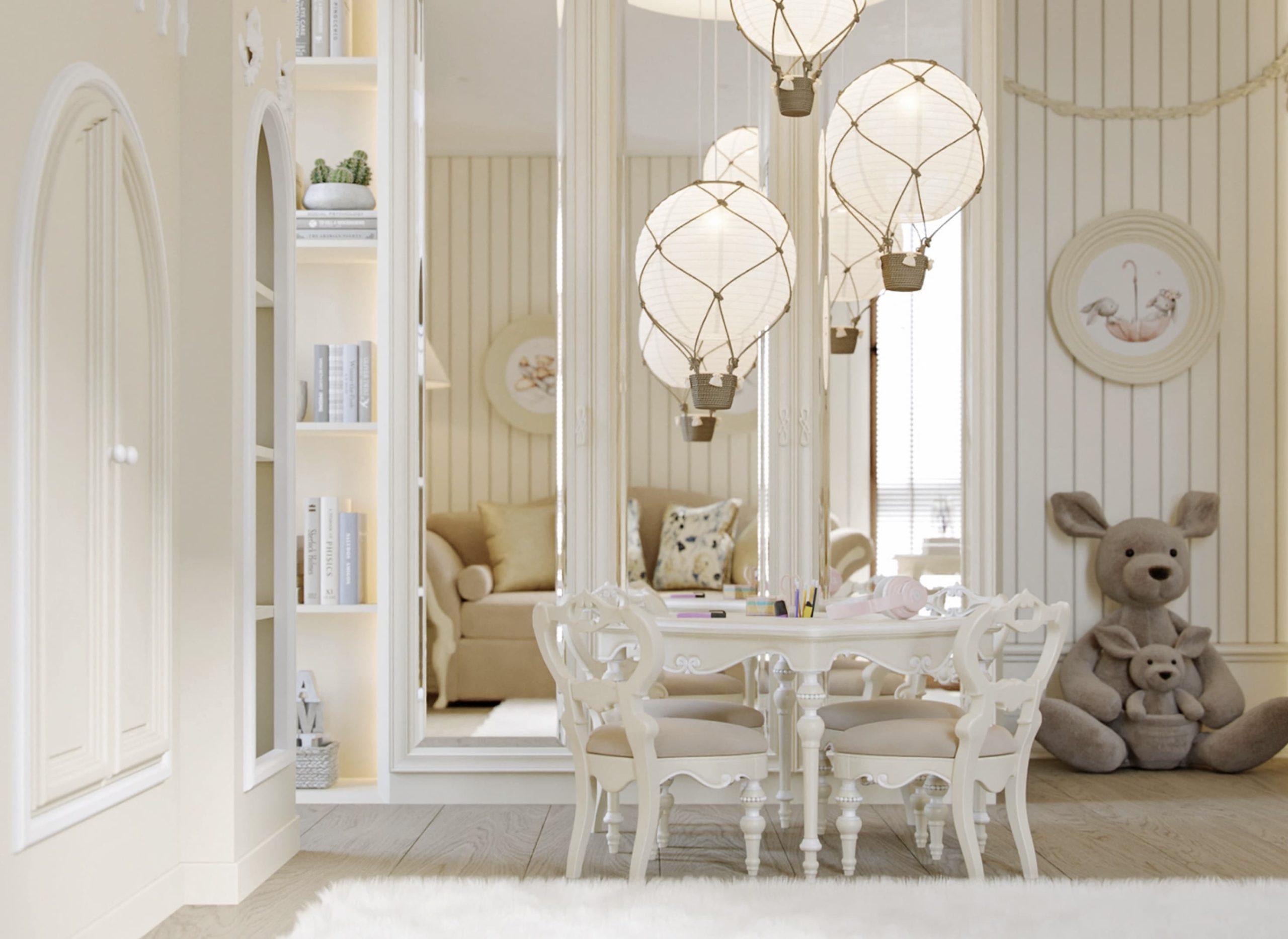
Planning and Organization: Before diving into the design process, start by planning and organizing the playroom. Consider the available space and the age and interests of your children. Sketch out a floor plan and decide on the layout of the playroom. Allocate specific areas for different activities like reading, arts and crafts, building blocks, and imaginary play. This will help create an organized and functional space.
Safety First: When decorating a kids game room, safety should be a top priority. Begin by selecting child-friendly materials that are not only durable but also easy to clean, ensuring that the play area remains hygienic. Opt for non-toxic paints, adhesives, and finishes to eliminate any potential health hazards. Additionally, secure heavy furniture to the wall to prevent tipping accidents and ensure the stability of the playroom environment. To further enhance safety, use soft padding or rugs to create a cushioned play area that minimizes the risk of injuries during active play. Cover electrical outlets to prevent accidental shocks and safeguard your child's well-being. Lastly, meticulously inspect the playroom for any sharp edges or small parts that could pose a choking hazard, and address these concerns promptly to create a truly safe and secure space for your child's enjoyment.

Color and Theme: When it comes to decorating ideas for kids playroom, colors and themes play a significant role in setting the mood and creating an inviting space. Consider using bright and vibrant colors to create a lively and cheerful atmosphere that energizes the room. Incorporate your child's favorite colors into the design scheme, as it adds a personal touch and makes the space feel more special to them. Additionally, choosing a theme that reflects your child's interests can further enhance their imagination and engagement. Whether it's an underwater adventure, a jungle safari, or any other theme they love, it creates a cohesive look and sparks their creativity during playtime.

Color and Theme: When it comes to decorating ideas for kids playroom, colors and themes play a significant role in setting the mood and creating an inviting space. Consider using bright and vibrant colors to create a lively and cheerful atmosphere that energizes the room. Incorporate your child's favorite colors into the design scheme, as it adds a personal touch and makes the space feel more special to them. Additionally, choosing a theme that reflects your child's interests can further enhance their imagination and engagement. Whether it's an underwater adventure, a jungle safari, or any other theme they love, it creates a cohesive look and sparks their creativity during playtime.

Learning and Creativity: A playroom can also be a space for learning and creativity. Set up a designated art corner with a child-sized easel, art supplies, and a chalkboard or whiteboard. Display your child's artwork on the walls to celebrate their creativity. Include educational toys that promote problem-solving, motor skills, and cognitive development. Incorporate a magnetic or chalkboard wall for drawing and learning activities.
Personalization and Flexibility: Involve your child in the design process and allow them to personalize their space. Let them choose artwork, wall decals, or posters to decorate the walls. Consider creating a gallery wall to display their achievements, artwork, and photographs. Incorporate elements that can be easily changed or updated as your child's interests evolve.
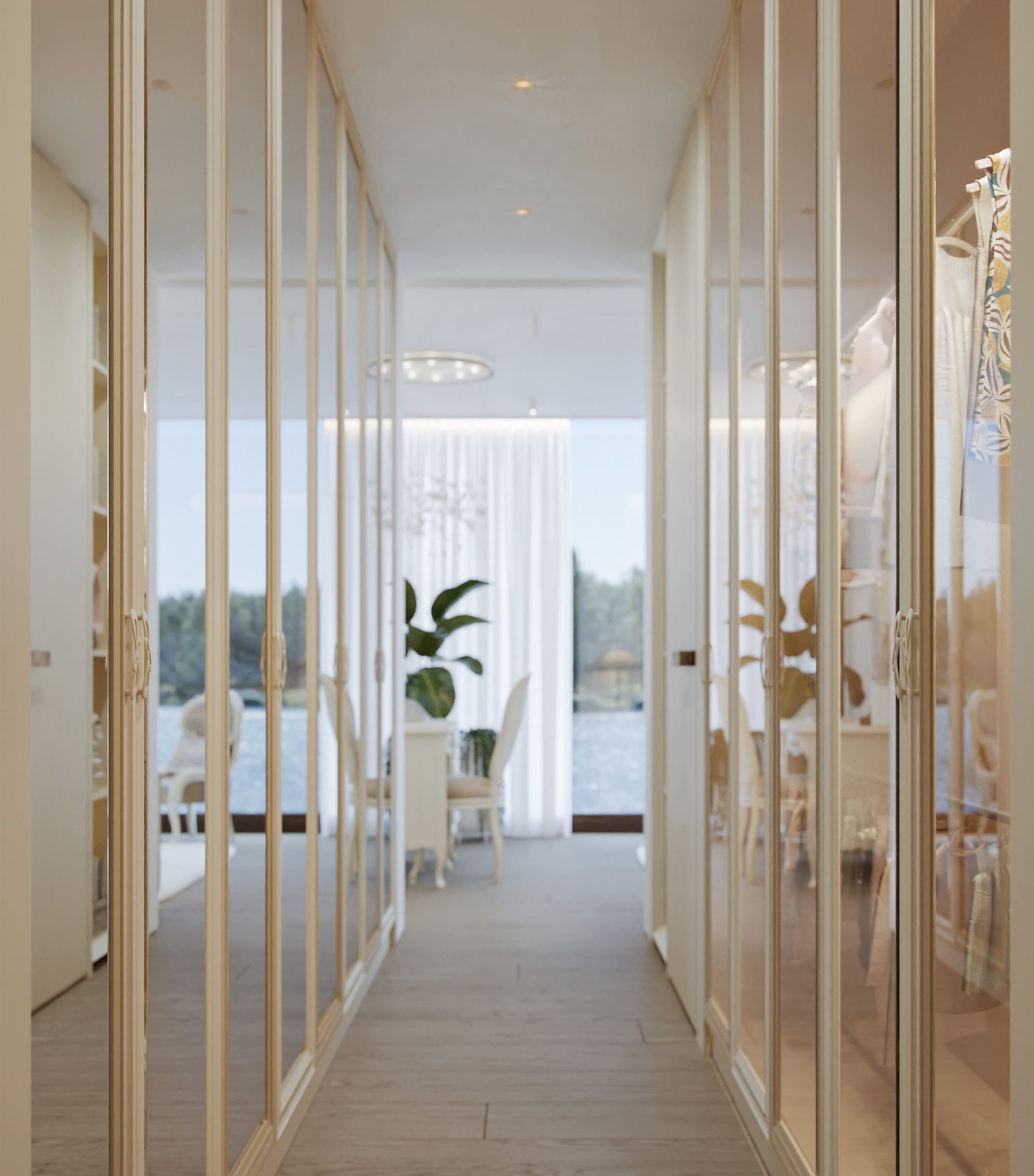
Playroom Rules and Boundaries: Establishing rules and boundaries is essential to maintain order and safety. Teach children to clean up after themselves and put toys away when they're done playing. Set limits on screen time and encourage imaginative play, social interaction, and physical activity. Communicate the rules clearly and reinforce them consistently.
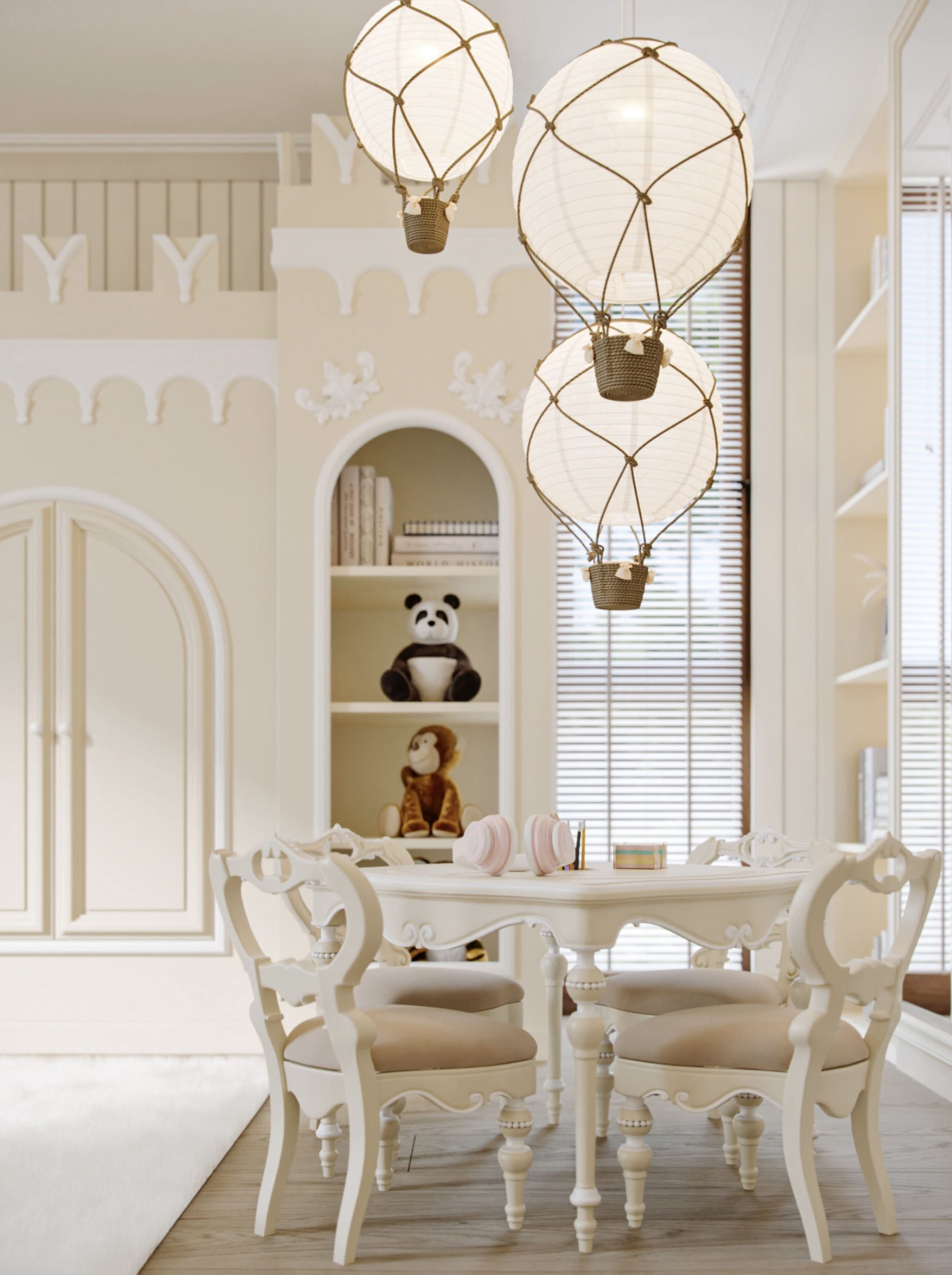
Interactive Zones: Incorporate interactive zones within the playroom to engage children in different activities and explore various children's playroom ideas. Consider setting up a sensory area with textured mats, sensory bins filled with various materials, and a small water table for tactile exploration. These elements provide opportunities for children to engage their senses and promote sensory development. Additionally, include a mini stage or puppet theater for dramatic play, where children can put on their own shows or engage in imaginative storytelling. These interactive zones not only foster creativity and imaginative play but also encourage social interaction among children.

Wall Decor and Decals: Utilize the walls as a canvas for creativity and visual appeal. Incorporate wall decals, murals, or wallpaper with playful and vibrant designs that match the theme of the playroom. Consider using chalkboard or magnetic paint on a portion of the wall to provide an interactive space for drawing, writing messages, and displaying artwork. Personalize the walls with your child's name or initials to add a sense of ownership and identity.
Sound and Music: To create an engaging and stimulating playroom, consider how to make a playroom that incorporates sound and music elements. Include a small musical instrument corner with child-sized guitars, drums, or keyboards, allowing your little ones to explore their musical interests freely. This dedicated space fosters creativity and self-expression through the magic of sound. Enhance the playroom's ambiance by installing a Bluetooth speaker system, which can play upbeat and playful music. Music has the power to inspire imagination, promote movement and dance, and set the tone for various activities. It creates a lively and dynamic environment where children can explore rhythm, develop their auditory senses, and experience the joy of music firsthand. By thoughtfully integrating sound and music into the playroom design, you provide an immersive and enriching experience for your children. This allows them to engage their senses, express themselves artistically, and embrace the wonder of music as an integral part of their playtime activities.
Design a kids playroom, it's important to consider incorporating sensory integration elements into the overall design. By including items such as a mini trampoline for bouncing, a sensory swing for vestibular input, or a sensory table with sand, rice, or water for tactile exploration, you can create a playroom that engages children's senses and promotes their sensory processing skills. These sensory integration activities provide both calming and stimulating experiences, helping children develop their sensory awareness and regulation.
By following these tips, you can design a children's playroom that combines fun, functionality, and safety. Creating a space that reflects your child's interests and allows for imaginative play, learning, and creativity will provide them with a stimulating and enjoyable environment.
